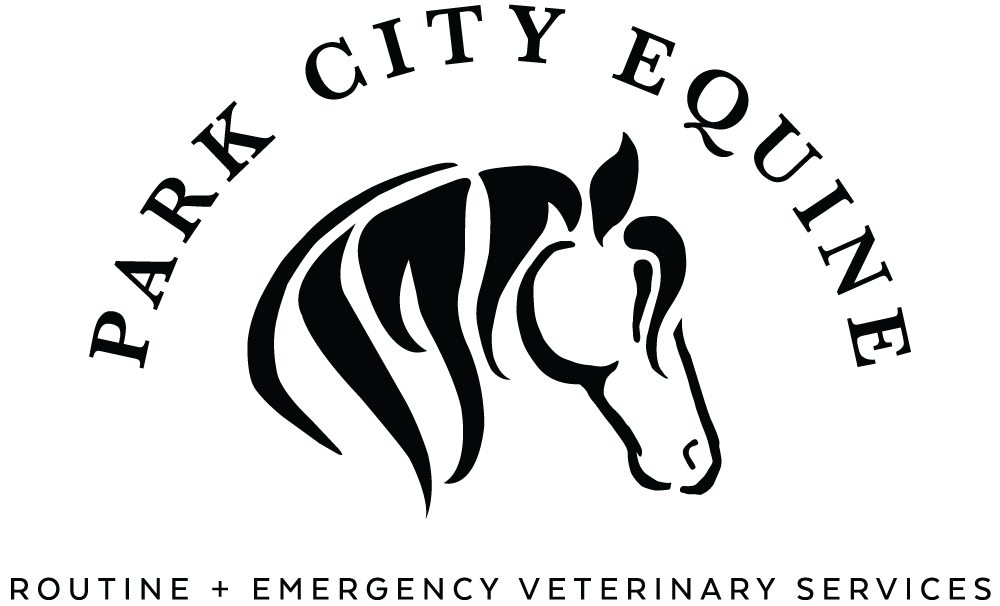Venereal Disease
Venereal diseases, also known as sexually-transmitted infections or diseases, are infections that can be passed during sexual contact. In horses, the two most common ones include:
Equine viral arteritis
Contagious equine metritis
Equine Viral Arteritis (EVA)
Equine viral arteritis is a contagious sexually-transmitted infection that affects members of the horse family. It is a viral infection that lasts for a short time and often clears up on its own.
Cause
The infection is caused by the equine arteritis virus. This virus is found throughout the world, with the exception of Iceland and Japan. Outbreaks among many horses at the same time are not very common. If they do occur, it is usually related to the use of stored semen or the movement of infected horses.
The virus can spread in several ways, including:
Sexual contact or the use of semen from an infected stallion
Close contact between mare and foal
Breathing in virus particles from an infected animal
Indirect contact, such as touching equipment or a surface infected with the virus
Once a stallion is infected, it can carry the infection for years and continue to spread the infection through its semen. Mares, geldings and foals under 6 months of age do not become carriers.
Symptoms
Most horses that are infected with equine viral arteritis will not develop any symptoms. When signs appear, they include:
Fever
Depression
Poor appetite
Swelling in the scrotum, fold of skin in the penis or limbs
Inflammation of the lining of the eye (conjunctivitis)
Discharge from the nose
Abortion
Young, old and weakened horses may develop worse symptoms. Stallions may develop short-term loss of fertility, possibly due to a high fever. Occasionally, this virus can lead to the death of young foals.
Diagnosis
Equine viral arteritis produces symptoms that are similar to other diseases. Specimens taken from a horse — such as nasal swabs or blood samples — are tested in a laboratory.
Treatment
There is no treatment specifically for the equine arteritis virus. Most horses recover on their own or with supportive treatment, such as rest and nursing. In more severe cases, medication may be given to treat fever, inflammation or excess urination.
In addition, there is no treatment to rid carrier stallions of the virus. The best way to control the spread of this virus is through prevention, including:
Vaccination and testing
Limiting contact of carrier stallions with uninfected horses
Breeding carrier stallions only to mares who are already infected or have been vaccinated
Testing frozen or fresh-cooled semen for the virus
Contagious Equine Metritis
Contagious equine metritis is a very contagious, but uncommon, sexually transmitted infection in horses. This disease occurs mainly in Europe, but is less common in the United States.
Cause
Contagious equine metritis is caused by a bacterium called Taylorella equigenitalis. Most often, this organism is passed from one horse to another during mating. However, a horse can also become infected from equipment or instruments contaminated with the bacterium.
Symptoms
Stallions that are infected do not show any symptoms. However, they still carry the bacteria on the surface of the penis, the prepuce and the opening of the urethra. Almost every mare that mates with an infected stallion will become infected.
An infected mare can develop a large amount of discharge from the vagina for up to 14 days after mating. They may also have a shortened diestrus cycle (the period of sexual inactivity between estrus, or “heat”).
The most common sign of infection in mares is a large amount of discharge from the vagina. This shows up 10 to 14 days after mating. The discharge will decrease after a few days; although the infection can remain for several months.
In addition, mares that develop an infection when mating with an infected stallion do not usually become pregnant. If they do conceive, they may abort the fetus. The foal may also become infected during birth or shortly afterwards. Infected foals can become carriers and later infect other horses during mating.
Diagnosis
The large amounts of vaginal discharge produced are a good indicator of the type of infection. However, the best way to diagnose this infection is through laboratory tests that identify the specific type of bacterium.
Treatment
Some mares may recover from an infection on their own. Others may develop an ongoing infection (chronic). These mares will become carriers of the bacterium, but will not show any signs of infection.
Treatment for this condition involves cleaning the vagina or penis of infected mares or stallions, respectively, with an antiseptic. Afterwards, an antibiotic ointment is applied. Oral antibiotics may also be given. Both mares and stallions are often retested for infection at least 21 days after the treatment is finished.
In addition, some countries test imported horses for this disease to avoid the introduction of new cases into the country.
If you suspect that your horse may be suffering from a venereal disease, contact our office today. We will run diagnostic tests and suggest suitable treatment options.

